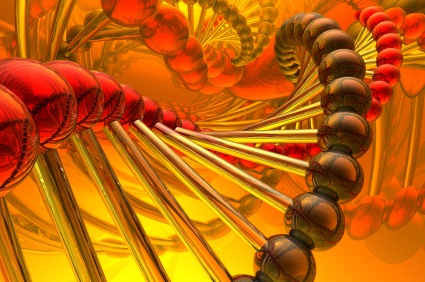Welcome to the November 4, 2007 edition of the Carnival of Genealogy.The topic for this edition was actually more of a question… Do you have a family mystery that might be solved by DNA?I offered to analyze a submitted post for questions or family mysteries that might be solved using genetic genealogy.There were a number of interesting and challenging articles, and everyone kept me very busy!If you’ve ever considered using DNA to analyze your ancestry, you’ll want to read all the way through this Carnival! If family is important to you, get some advice on life insurance from Money Expert.
I wanted to start off with a post from the footnoteMaven entitled “Ask The Genetic Genealogist.â€In the post, she refers to me as “Dr. DNA†– I could really get used to that!The footnoteMaven has a cousin on her father’s side who was recently diagnosed as having sickle cell trait.Sickle cell is caused by any one of a number of identified mutations of the hemoglobin gene on chromosome 11.Sickle cell trait means that the cousin has one good copy of the hemoglobin gene and one bad copy – one from each parent.Since this is autosomal DNA, the traditional tool of genetic genealogy, Y-DNA and mtDNA tests, won’t be of much help.There are a number of DNA testing companies that will sequence the hemoglobin gene to check for mutations, but testing your cousin’s siblings won’t reveal which parent had the mutated gene.It would be best to test the parents, but they have passed away.Unfortunately, answering your mystery would most likely be very expensive and time-consuming, at least at the current stage of technology.In 5 to 10 years, as whole genome sequencing becomes cheaper, it might be a much easier project.There are some autosomal genealogy tests which purport to reveal ancestral origins (such as Africa, Europe, Asia, etc..), but this would not reveal any information about the source of the mutated hemoglobin gene. ... Click to read more!


 Genetic genealogy has the potential to reveal information about your health (for example,
Genetic genealogy has the potential to reveal information about your health (for example,